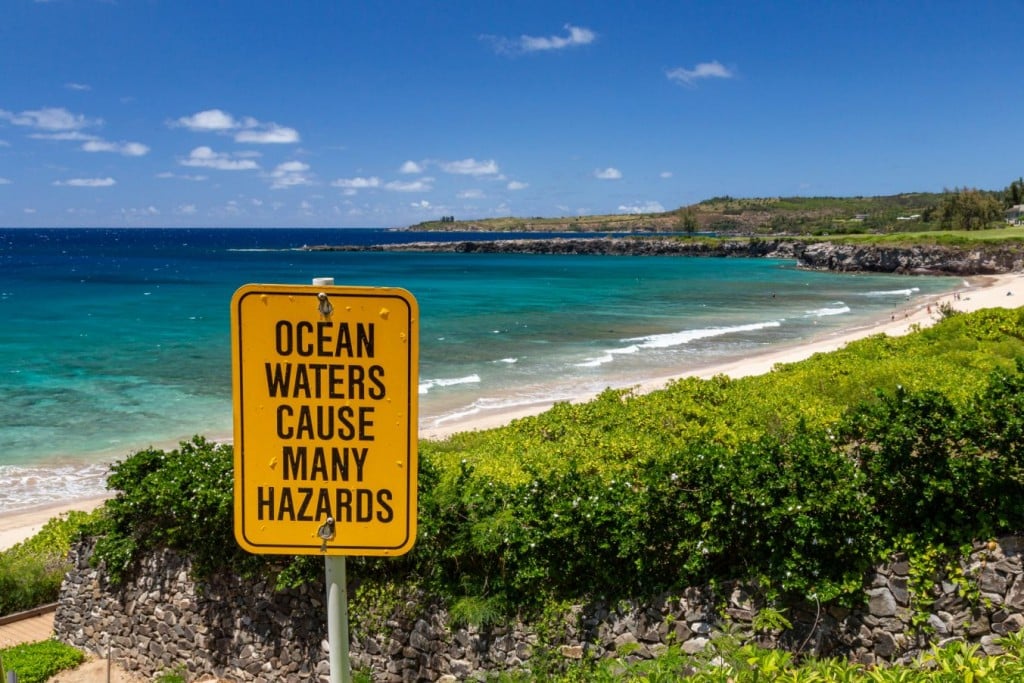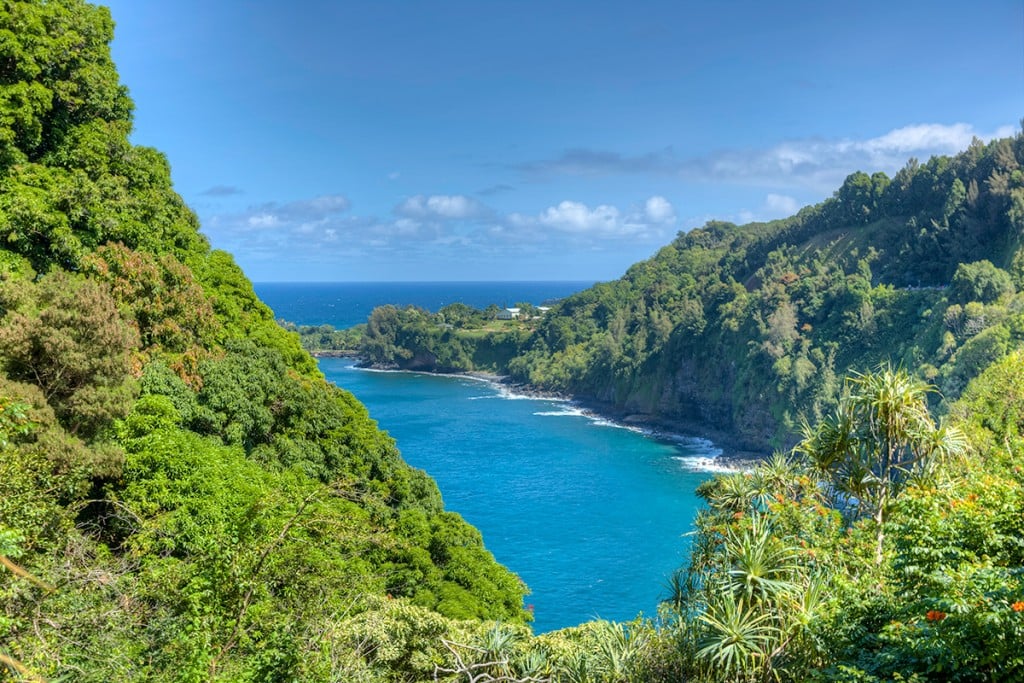5 things to keep an eye on while in Hawaii waters
Although Hawaii's beaches are beautiful, it's always a good idea to know about possible risks involved with entering the ocean.

Though we love being in our offshore waters, we know that humans are basically fish out of water when it comes to hanging out in the ocean. Here’s what we stay cognizant of in the water.
Box Jellyfish
What are they? Floating invertebrates, with stinging tentacles, that typically drift into near-shore waters on the tide, between seven and 11 days after the full moon each month. Stings hurt, but are usually not fatal.
How we watch out for them. By first checking for the smallish jellyfish washing up on shore before entering the water, looking for signs posted by lifeguards.
Portuguese Man O’ War
What are they? Tiny jellyfishlike marine creatures—often called bluebottles because of their blue tentacles—blown in on the ocean surface by tradewinds. Tentacles can sting in and out of the water even if the man o’ war is washed up on the shoreline. Stings are very painful, but rarely fatal.
How we watch out for them. As with box jellyfish, by checking the shoreline. In the water, look for the man o’ war’s translucent bluish-purple air bladder as if floats on the surface.
Sharks
What’s out there? More than 40 species of shark roam Hawaii’s coastlines, but only a few pose a threat to humans. Incidents of shark bites are rare in the Islands, averaging three to four a year. Fatal shark bites are rarer still.
How we watch out for them. By staying away from places that attract them. Sharks are often attracted to stream mouths when heavy rains wash upland fish out to sea. Avoid murky waters and steep drop offs, which sharks often frequent, and swimming at dawn, dusk and at night when some shark species feed. Also, never enter the water with an open wound.
Sharp Coral
What is it? Coral polyps are tiny animals with protective calcium carbonate skeletons that are often jagged, sharp and can easily cut through skin. Most Hawaii beaches are protected from high surf by coral reefs near the shoreline.
How we watch out for it. By looking for lifeguard-posted signs warning of sharp coral and staying off of coral beds.
Rip Currents
What are they? Channeled currents of water flowing away from shore and out to sea, usually created by wind and waves. Rip currents generally begin at the shoreline and head through the surf zone. The currents are dangerous when swimmers are caught in their path and then try to fight the current instead of riding it out.
How we watch for them. By looking for posted warning signs or asking lifeguards about rip currents before entering the water. Stay out of deep channels where waves aren’t breaking.


